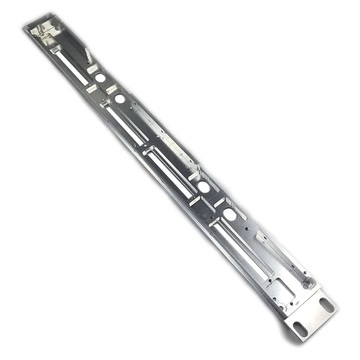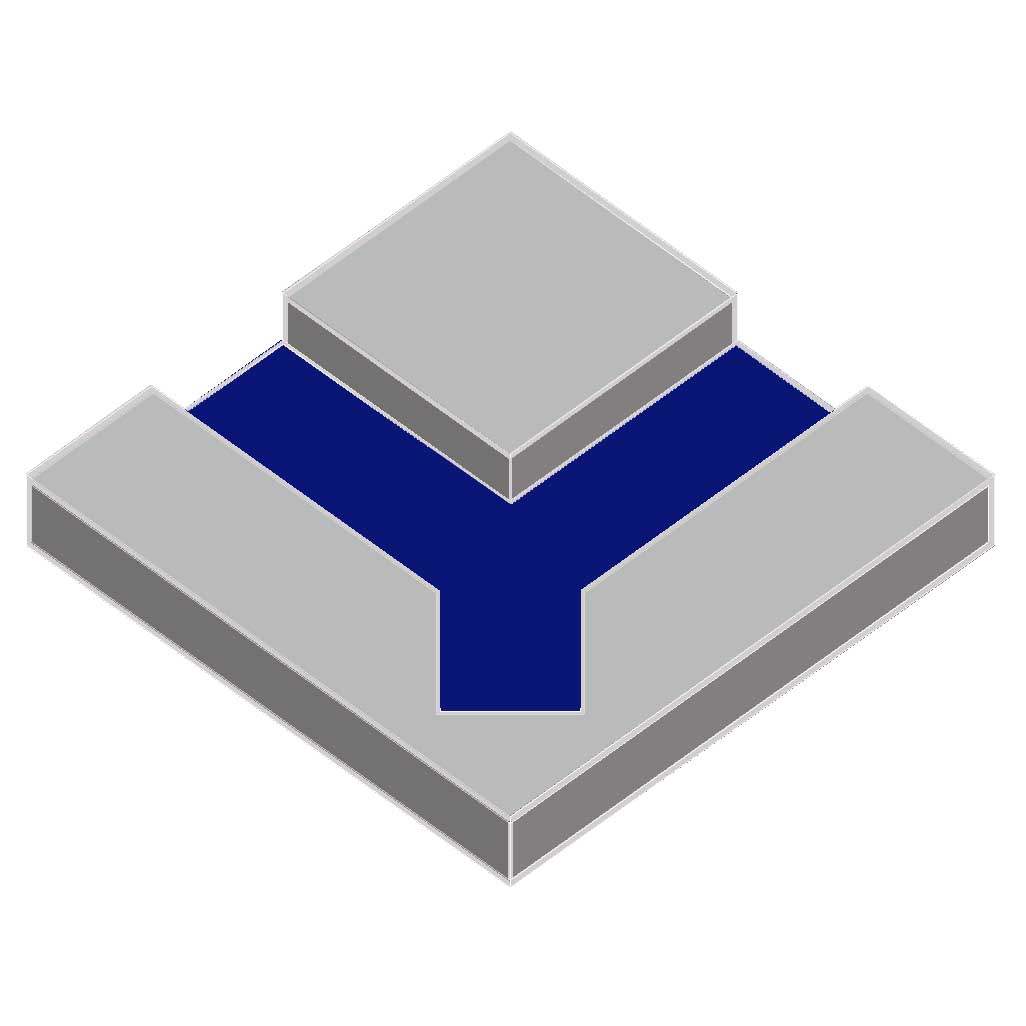Sheet metal processing is a hub technology that sheet metal technicians need to grasp, and it is also an important process for sheet metal product forming. Sheet metal processing includes traditional cutting, blanking, bending and forming methods and process parameters, as well as various cold stamping die structures and process parameters, various equipment working principles and operating methods, and new stamping technologies. And new technology. Parts sheet metal processing is called sheet metal processing. Sheet metal processing is called sheet metal processing. Specifically, for example, the use of plates to make chimneys, iron barrels, fuel tanks, oil tanks, ventilation pipes, elbows, elbows, squares, funnels, etc. The main processes include shearing, bending, bending, forming, welding, riveting, etc. Certain geometric knowledge. Sheet metal parts are thin sheet metal parts, that is, parts that can be processed by stamping, bending, stretching and other means. A general definition is a part with a constant thickness during processing. Corresponding to castings, forgings,
Machining Parts, etc.

Every industry has its professional terms, and the sheet metal processing industry is no exception. The following 25 are common.
(1) Pressure riveting: refers to the process of firmly crimping fasteners such as pressure riveting nuts, pressure riveting screws or pressure riveting nut posts on the workpiece using a punch or hydraulic press.
(2) Expanding riveting: refers to the process of first countersinking the workpiece, and then using a punch or hydraulic press to firmly crimp the expanding rivet nut on the workpiece.
(3) Pulling mother: refers to the use of a similar riveting process. The process of firmly connecting connecting pieces such as pop rivet nuts (POP) to the workpiece with a female gun.
(4) Pull riveting: refers to the process of using a riveting gun as a tool to tightly connect two or more workpieces with pull nails.
(5) Riveting: The process of connecting two or more workpieces face-to-face with rivets. For countersunk riveting, the workpieces need to be countersinked first.
(6) Corner cutting: refers to the process of cutting off the corners of the workpiece using a die on a punch or hydraulic press.
(7) Bending: refers to the process of forming a workpiece by a bending machine.
(8) Forming: refers to the process of deforming the workpiece using a mold on an ordinary punch or other equipment.
(9) Cutting material: refers to the technological process of obtaining a rectangular workpiece through a shearing machine.
(10) Blanking: refers to the technological process of the workpiece being cut by LASER or punched by CNC punching machine.
(11) Blanking: refers to the process of using molds on ordinary punches or other equipment to obtain product shapes.
(12) Punching: refers to the technological process in which the workpiece is processed by ordinary punches and molds.
(13) Punching convex hull: refers to the process of forming a convex shape of a workpiece with a die on a punch or hydraulic press.
(14) Punching and tearing: Also called "punching bridge", it refers to the process of forming a workpiece into a bridge-like shape with a die on a punch or hydraulic press.
(15) Hole extraction: also called "flanging", which refers to the process of forming a round hole on a workpiece using a mold on a common punch or other equipment. process.
(16) Tapping: refers to the process of
Machining internal threads on the workpiece.
(17) Leveling: Refers to the process of using other equipment to level the workpiece before and after the workpiece is uneven.
(18) Threading: Refers to the process of the second thread restoration of the pre-tapped workpiece.
(19) Drilling: refers to the technological process of drilling a workpiece with a drill bit on a drilling machine or a milling machine.
(20) Chamfering: refers to the process of processing the sharp corners of the workpiece using molds, files, grinders, etc.
(21) Stamping: refers to the process of stamping out characters, symbols or other imprints on the workpiece using a mold.
(22) Counterbore: Refers to the process of processing taper holes on the workpiece to match the connecting parts similar to countersunk screws.
(23) Flattening: refers to the process of transitioning from a certain shaped workpiece to flattening.
(24) Punching mesh hole: refers to the mesh-like hole punched out on the workpiece with a die on an ordinary punching machine or a numerical control punching machine.
(25) Reaming: refers to the process of processing small holes on a workpiece into large holes with a drill or milling cutter
Art process editor
Material selection
The materials generally used in sheet metal processing are cold rolled plate (SPCC), hot rolled plate (SHCC), galvanized plate (SECC, SGCC), copper (CU) brass, red copper, beryllium copper, aluminum plate (6061, 5052) 1010, 1060, 6063, duralumin, etc.), stainless steel (mirror, brushed, matte), according to the different functions of the product, the choice of materials is different, and generally need to be considered from the product's use and cost.
1. Cold-rolled sheet SPCC is mainly used for electroplating and baking varnish parts, low cost, easy to shape, and material thickness ≤ 3.2mm.
2. Hot-rolled sheet SHCC, material T≥3.0mm, also uses electroplating, baking varnish parts, low cost, but difficult to form, mainly flat parts.
3. Galvanized sheet SECC, SGCC. SECC electrolytic board is divided into N material and P material. N material is mainly used for surface treatment and high cost. P material is used for sprayed parts.
4. Copper; mainly uses conductive material, and its surface treatment is nickel plating, chrome plating, or no treatment, which is costly.
5. Aluminum plate; generally use surface chromate (J11-A), oxidation (conductive oxidation, chemical oxidation), high cost, silver plating, nickel plating.
6. Aluminum profiles; materials with complex cross-section structures are widely used in various sub-boxes. The surface treatment is the same as the aluminum plate.
7. Stainless steel; mainly used without any surface treatment, high cost.
For the process flow of the part, we must first know the various technical requirements of the part drawing; then the drawing review is the most important link in the compilation of the part process flow.
1. Check whether the drawing is complete.
2. The relationship between the drawing and the view, whether the marking is clear and complete, and the unit of dimension is marked.
3. The assembly relationship, the assembly requires key dimensions.
4. The difference between the old and the new version of the drawing.
5. Translation of pictures in foreign languages.
6. Conversion of table code.
7. Feedback and disposal of drawing problems.
8. material.
9. Quality requirements and process requirements.
10. The official release drawings must be stamped with a quality control seal




